On the heels of China’s now-annual romp in Changzhou, badminton’s Super Series is back in business and now a stellar field will force Japan to work very hard if it wants its own title to finally remain at home.
By Don Hearn, Badzine Correspondent. Photos: Badmintonphoto
Once upon a time, the Japan Open was one of the jewels of the badminton calendar. Until just a few years ago, it seemed almost all of the top players were in the Yonex fold and eager to travel to the sponsor’s home and to a tournament itself that was only a tiny notch below the All England in prestige.
Since 2006, however, the Japan Open has been in the autumn follow-up period after the Olympics or World Championships, early in the string of 6 Super Series events in 3 months. It was also not among the events chosen for the new Premier Super Series.
But the folks in Tokyo still put on one of the tour’s favourite tournaments and, of course, Japan’s top badminton company still sponsors a spectacular stable of stars to make the pilgrimage. In addition, not only is this an Olympic year but the Super Series is winding down and the standings may now be of interest to the top players now that the Finals offer almost as many points as the World Championships.
What all this adds up to is a top-notch field, with no more than a handful of top 20 players missing from all five disciplines combined. In fact, it is pairing changes, moreso than injuries, rest or other reasons, which is key in keeping the seeding list from mirroring the world rankings.
Women’s doubles
For the home team, this is the most exciting discipline this year, as Japan’s women’s doubles squad is at the height of its power, for this millennium, at least. Three Japanese pairs dot the world’s top ten and another is holding steady at #15.
As always, the big story in women’s doubles is China, and in particular, Tian/Zhao and Wang/Yu, if healthy. However, it’s possible that the first ripple may be caused by a new pairing of recent World Junior Champions, and this will not be surprise China Masters champions Tang Xinhua / Xia Huan, who withdrew before the deadline.
Both Bao Yixin and Zhong Qianxin (pictured) have earned spots in Super Series finals in the past but this is just their second outing together and if they want to do better than their quarter-final final in Changzhou, they will have to duplicate the performance by their compatriots Tang/Xia in knocking off the second seeds Maeda/Suetsuna, but this time at home.
China’s top three pairs are concentrated in the top half of the draw, while Japan has one in each quarter. This, along with the home-court advantage, and the possible injury problems for the mighty Wang Xiaoli / Yu Yang, might just give a glimmer of hope to Japan’s three seeded pairs.
Shizuka Matsuo / Mami Naito (pictured) may have taken out two Chinese pairs from this year’s All England but they were beaten soundly by Wang/Yu at home last year and could not get past Bao/Zhong in their first match last week.
First round women’s doubles matches of note:
Miyuki Maeda / Satoko Suetsuna [2] (JPN) vs. Bao Yixin / Zhong Qianxin
Misaki Matsutomo / Ayaka Takahashi (JPN) vs. Christinna Pedersen / Kamilla Rytter Juhl (DEN)
Anneke Feinya Agustin / Nitya Krishinda Maheswari (INA) vs. Jenny Wallwork / Gabrielle White (ENG)
Women’s singles
Though the women’s singles has been a more exciting discipline in the last year or two, in terms of national representation, last week’s China Masters may have dashed all hopes of a multinational semi-final round in Tokyo as well. The main difference in the Japan Open field is the return of India Open winner Porntip Buranaprasertsuk (pictured) and the rest of the Thai squad- at home last week for a domestic tournament – as well as China more than halving its entries to just three Wangs and a Liu.
Both Thailand and Korea, however, face the prospect of being shut down by Thursday, again, however, as all five shuttlers have extremely tough draws. Nor does Japan have it easy, as Eriko Hirose (pictured top right) would have to withstand a one-two punch from Sung Ji Hyun and Wang Yihan, while Sayaka Sato takes on London runner-up Cheng Shao Chieh and Ai Goto goes up against Germany’s Juliane Schenk.
One gets the impression that Wang Shixian (pictured) is one player who never worries about her draw so despite a likely succession of Pi Hongyan, Porntip Buranaprasertsuk, Juliane Schenk, and Saina Nehwal, she is still likely very confident that she will march through to the final.
First round women’s singles matches of note:
Wang Xin [3] (CHN) vs. Bae Youn Joo (KOR)
Saina Nehwal [4] (INA) vs. Ratchanok Intanon (THA)
Juliane Schenk [8] (GER) vs. Ai Goto (JPN)
Eriko Hirose (JPN) vs. Sung Ji Hyun (KOR)
Men’s singles
The big story in the men’s singles is, of course, the probable latest instalment in the continuing rivalry between Lin Dan and Lee Chong Wei (pictured below). Last year, the two met in the final, although Lin Dan was oddly only the fifth seed. This year, they are back as the top two seeds and with the form they have been showing recently, it is difficult to imagine anyone else in the final, unless their name is Chen, of course.
Still, the early rounds will certainly be interesting. Two big youngsters, Wong Wing Ki and Wang Zhengming, will compete for the chance to play Lee in the second round, while Lin Dan will look to dispose of Korea’s Lee Hyun Il before taking on Chinese Taipei Open Tommy Sugiarto.
The first round also contains an interesting all-European matchup between Peter Gade and Marc Zwiebler and two men who have been battling injury and other adversity, Boonsak Ponsana and Jan Jorgensen, will also square off on Wednesday.
As for home favourites, Sho Sasaki (see feature here) will need to chalk up his fourth win of the year against China’s Chen Jin if he wants his campaign at home to last more than a day. Tago Kenichi, meanwhile, is up against the solid Chan Yan Kit, before a likely showdown with Taufik Hidayat.
Elsewhere, All England quarter-finalist Kazushi Yamada is likely to be an early victim of Sunday’s winner Chen Long, as will India Open quarter-finalist Takuma Ueda (pictured), if he can beat three fellow qualifiers in two days.
First round men’s singles matches of note:
Peter Gade [3] (DEN) vs. Marc Zwiebler (GER)
Chen Jin [6] (CHN) vs. Sho Sasaki (JPN)
Jan Jorgensen (DEN) vs. Boonsak Ponsana (THA)
Men’s doubles
Men’s doubles is notoriously difficult to call but this year’s Japan Open has an extra wrench in the works. The most difficult quarter is almost certainly that inhabited by second seeds Mathias Boe / Carsten Mogensen of Denmark. Not only do they have Asian Games champions Kido/Setiawan to deal with, they will also likely have U.S. and Canada Open champions Ko Sung Hyun / Lee Yong Dae (pictured) coming out of qualifying to trouble them, and that is only if they can defeat the troublesome Shoji Sato / Naoki Kawamae at home in the first round.
Whoever escapes that chamber of horrors may well have to take on the scratch partnership of Jung Jae Sung and Yoo Yeon Seong. These two players attended the same high school at different times and were on the same university team for one year but have never competed together. Their quarter is full of talent too, however, with Indonesia’s Muhammad Ahsan / Bona Septano as well as both Universiade finalists Maneepong Jongjit / Bodin Isara and Fang Chieh Min / Lee Sheng Mu.
With Korea’s top pairs split up, however, the biggest threat to the dominance of China’s Cai Yun / Fu Haifeng is neutralized. Their toughest stumbling blocks en route to the final remains Malaysia’s Koo Kien Keat / Tan Boon Heong or their own compatriots Chai Biao / Guo Zhendong but Japan’s top pair Hirokatsu Hashimoto / Noriyasu Hirata will be hoping they can do some damage too.
First round men’s doubles matches of note:
Alvent Yulianto Chandra / Hendra Aprida Gunawan [7] (INA) vs. Hong Wei / Shen Ye (CHN)
Hirokatsu Hashimoto / Noriyasu Hirata [8] (JPN) vs. Chai Biao / Guo Zhendong (CHN)
Angga Pratama / Ryan Agung Saputra (INA) vs. Cho Gun Woo / Kwon Yi Goo (KOR)
Bodin Issara / Maneepong Jongjit (THA) vs. Howard Bach / Tony Gunawan (USA)
Mixed doubles
Mixed doubles at the Japan Open is indeed mixed up to begin with. China’s two strongest pairs are in the top quarter together, along with Korea’s only pair, U.S. Open champions Lee Yong Dae / Ha Jung Eun. With the early withdrawal of 2010 runners-up Tao/Tian, the only other Chinese pair is He Hanbin / Bao Yixin, who lost early to Lee/Ha at home in Changzhou and who may well face the same fate, as they are up against 4th-seeded Joachim Fischer Nielsen / Christinna Pedersen (pictured) in the first round in Tokyo.
Korea, meanwhile, has 4 other quality pairs who must all play qualifying on Tuesday. Most of Europe’s top pairs are all concentrated in the bottom quarter of the draw, however, where Laybourn/Rytter Juhl start off against Canada Open champions Fuchs/Michels, with the winner possibly getting the chance to take on 2nd-seeded Ahmad/Natsir, if they can come out ahead of two of Britain’s best, as well as China Masters runners-up Yoo Yeon Seong / Jang Ye Na.
The Japanese team’s chances of nabbing a first ever home title in this discipline seem slim indeed as it is the only doubles discipline where Japan has no seeded pair. To make matters worse, the top ranked Japanese twosome, Shintaro Ikeda / Reiko Shiota, start off against Changzhou semi-finalists Diju Valiyaveetil / Jwala Gutta (pictured) of India.
First round mixed doubles matches of note:
Tantowi Ahmad / Liliyana Natsir [2] (INA) vs. Nathan Robertson / Jenny Wallwork (ENG)
Joachim Fischer Nielsen / Christinna Pedersen [4] (DEN) vs. He Hanbin / Bao Yixin (CHN)
Michael Fuchs / Birgit Michels [7] (GER) vs. Thomas Laybourn / Kamilla Rytter Juhl (DEN)
Shintaro Ikeda / Reiko Shiota (JPN) vs. Diju Valiyaveetil / Jwala Gutta (IND)
Badzine will be on site all week in Tokyo to bring you all the action with on-the-scene reports and live photos from Badmintonphoto.
Click here to download the complete draws
If you are to visit Tokyo for the Japan Open, you should stay in our partner hotel, the Chisun Grand Akasaka, a classy and modern hotel just a few minutes away from the venue, the Tokyo Metropolitan Gymnasium. Click HERE to find out more about our partner hotel.
![JAPAN OPEN 2011 Preview – The world arrives in force On the heels of China’s now-annual romp in Changzhou, badminton’s Super Series is back in business and now a stellar field will force Japan to work very hard if it […]](http://www.badzine.net/wp-content/uploads/Newsflash-thumbnail.png)
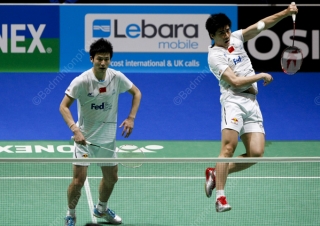

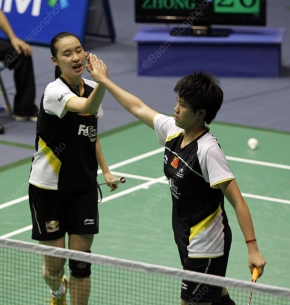
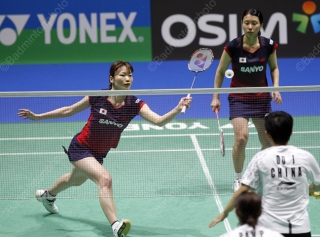
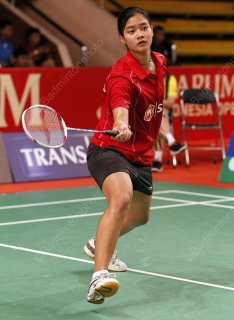
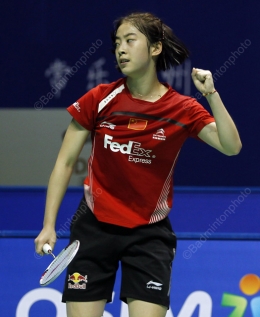
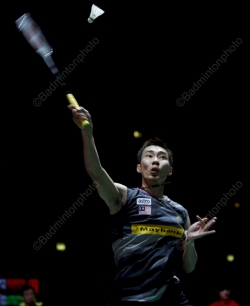
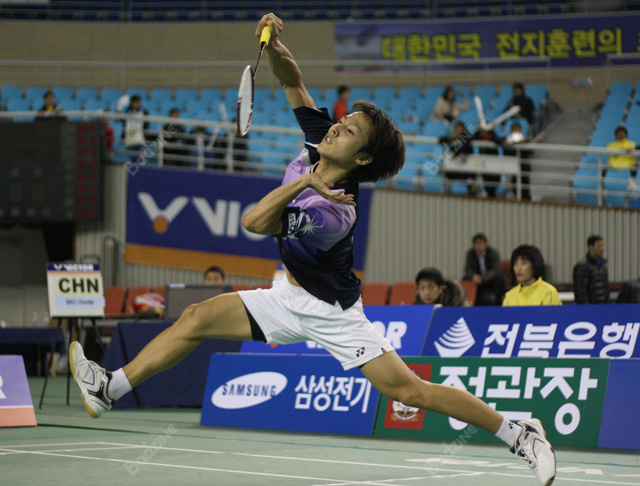
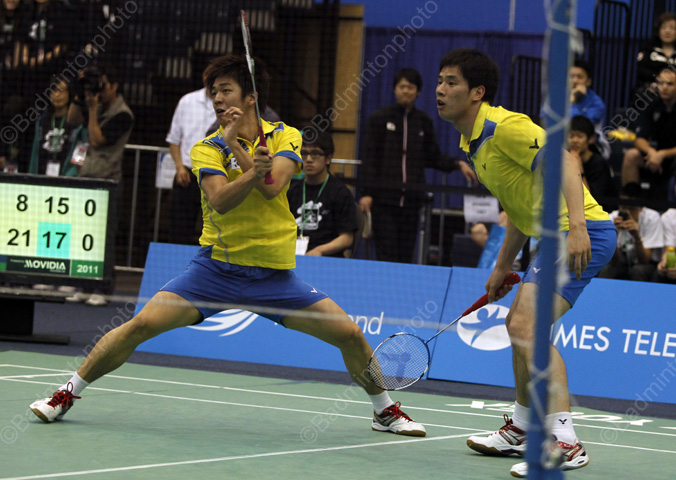
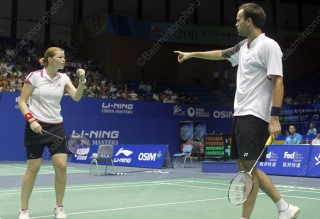
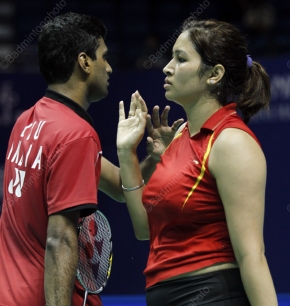

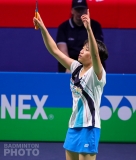
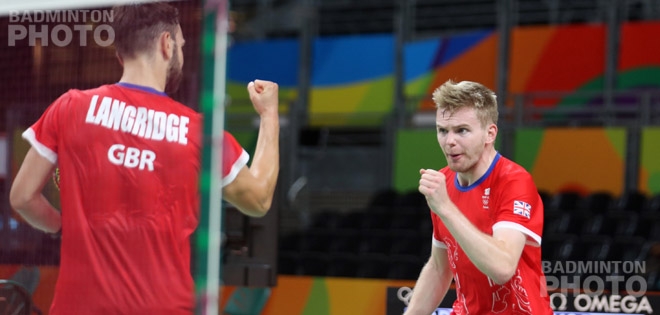
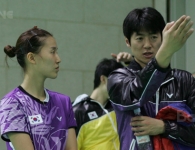
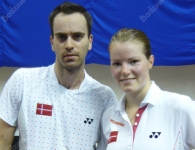
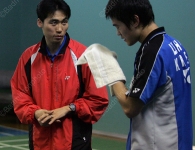

Leave a Reply